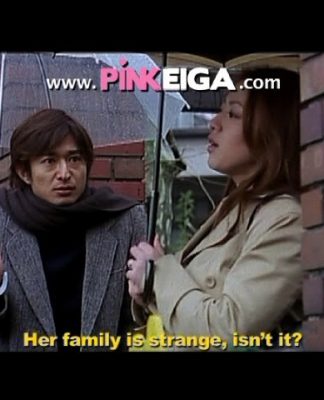“I had a dream that I’m in jail.”
Even though “pink” films are usually frowned upon or not seen as “serious” cinema, the industry for those features is booming and sometimes more lucrative. First and foremost, “pink eiga” has provided a platform and foundation for many movie directors who have made their first movies in that industry developing their style and voice. At times directors, for example Naoyuki Tomomatsu, have balanced their career between the “pink” industry but also directed features in the thriller, horror or action genre. For others, such as Kiyoshi Kurosawa features like “Kandagawa Wars” or “The Excitement of the Do-Re-Mi-Fa Girl” served as experiments in form and within the genre as both titles already showed some of the trademarks of his later features such as “Pulse” or “Cure”.
In the end, the loose premise of “an art movie which has to include sex scenes” (Yoko Satomi, actress) may define a work which artistically could go in any direction. Directors like Shinya Tsukamoto or Takashi Miike have continually played with the foundations of the “pink” film in their movie. Depending on the creative principles of those involved and, of course, their talent, the sex scenes would logically complement the narrative, the visuals and/or the themes of the film. In the case of Naoyuki Tomomatsu, the requirements of the “pink” genre (50% story, 50% sex) provides him with enough space to experiment in term of visuals as well as “dishing out social satire” (Kevin Gilvear).
Ayaka (Asami) is a housewife and married to Kenji (Hiroaki Yanagi). Even though her husband has a steady income and they rarely fight, Ayaka is troubled by recurring nightmares. In these, she imagines herself being a prisoner in a female jail with the guards constantly molesting and abusing the inmates. What is most disturbing to Ayaka is how she seems to be aroused by the cruelty and the humiliation of the sexual acts she has to perform.
Although she does not tell him about the nature of her dreams, Kenji urges his wife to see a psychiatrist about her dreams. However, the sessions as well as the medication seem to make matters even worse, with the nightmares becoming more frequent and even occurring during daytime. At last, the young woman must face the possible nature of the dreams and how to get rid of them, which leads to drastic solutions.

If one wants to know about the intentions of the film, one does not have to look further than the movie’s original title “Female Prisoner Ayaka”. Indeed, starting with the opening scene showing one of the many sequences of Ayaka being sexually abused, tormented and humiliated by the prison guards (Hiroshi Fujita and Yukiharu Inoue), the parallels between the two narratives are more than obvious. Much like her “role model” played by Meiko Kaji, Ayaka is seemingly oblivious to the threats of the guards giving them “rebellious” looks which in return only makes matters worse for her. Contempt and even hate define her body language and looks, an observation which sheds an interesting light on the sex scenes of the film.
Considering the nature of the genre hardcore sex scenes from the obligatory lesbian scene to the “gang bang” represent something of the visual palette of the film. However, given their excessive nature, the motives like humiliation (from the male point of view) to the satisfaction of lust and power (from the female point of view) define these scenes as something more than a mere means to an end. The series of grunts, the comic-like push-and-pull sounds as well as their attitude questions the authority of those in charge, the power and superiority of masculinity regarding sex as a suitable way of punishment. A figure like Ayaka, who sees this way of punishment also as a way to satisfy her desires, may just be the kind of social satire Tomomatsu and Chisato Ôgawar’s script are after.

One of the key ingredients is Asami’s performance. Basically delivering two extreme antitheses to one character, she embraces the exaggerated nature of both parts as well as the fight between the two of them. Less of a comedic performance, her is more in line with Meiko Kaji’s iconic Nami Matsushima or Rinko Tatsumi’s character in Shinya Tsukamoto’s “Snake of June”. Imprisoned between her failure as a wife (in her mind), the repression of sexual desires as well as the guilt that comes with it, the sexual act is more like an act of freedom, even empowerment within an environment which has conditioned female lust as something punishable.
Visually, as with most “pink eigas”, the production value is obviously low, as one can see from the 35 mm footage used in the film. The settings are mostly limited and confined, which again adds to the general theme of imprisonment at the core of the film’s narrative. Generally speaking, as other reviewers have also mentioned, the look of the film, the way Katsuj Oyamada photographed the film, is strongly reminiscent of the sleazy exploitation films of the 1960s, the era which, presumably, the makers of “Prison Girl” want to refer to.
“Prison Girl” is an interesting film about themes like (social) repression, empowerment and guilt. Visually and thematically, this is a film which aims to bring back the quality of series such as “Female Prisoner Scorpion” or “Hanzo the Razor” for the genre foundation is impressively utilized to arouse more than just the viewer’s senses.
Prison Girl is available from Pink Eiga
Sources:
1) https://www.pinkeiga.com/asami/, last accessed on: 08/01/2018
2) Bramhall, Paul (2014) Prison Girl (2008) Review
http://cityonfire.com/prison-girl-2008-review/, last accessed on: 08/01/2018
3) Gilvear, Kevin (2014) Prison Girl Review
https://www.thedigitalfix.com/film/content/77991/prison-girl/, last accessed on: 08/01/2018
4) https://web.archive.org/web/20090403043233/http://www.pinkeiga.com/HTML/directors/yutaka_ikejima.html, last accessed on: 08/01/2018
5) https://www.pinkeiga.com/what-is-pink-eiga/, last accessed on: 08/01/2018
6) White, Jerry (2007) The Films of Kiyoshi Kurosawa. Master of Fear. Berkeley: Stone Bride Press
Watch this film on www.pinkeiga.tv
Download the film
OR BUY THE DVD
from PinkEiga.com







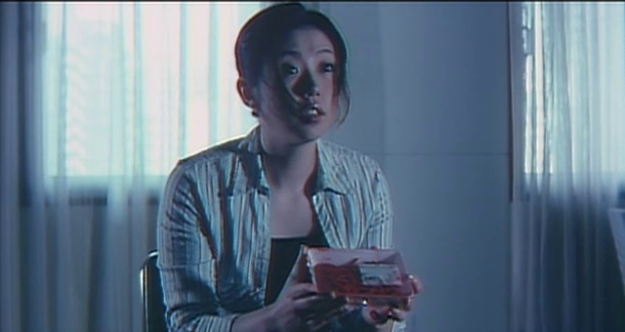
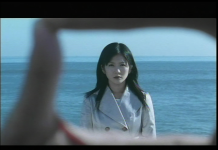





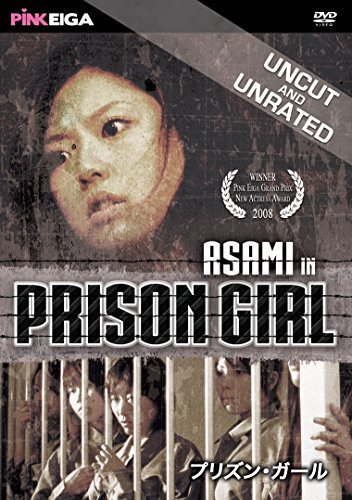






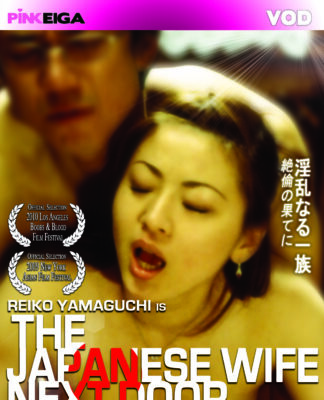


![ANARCHY IN [JA]PANTY](https://www.pinkeiga.com/wp-content/uploads/2014/04/sddefault-31-324x400.jpg)
